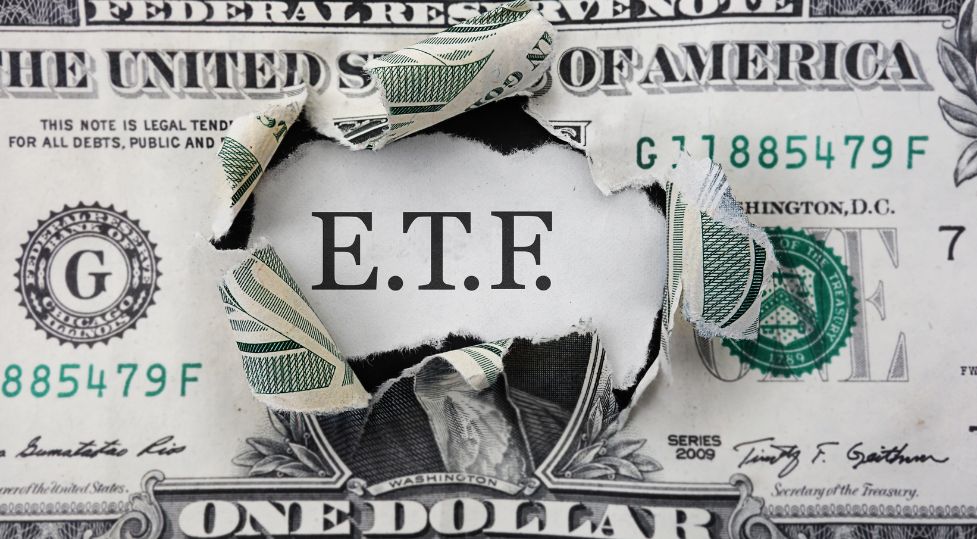A study by Brown Brothers Harriman (BBH) explores the commercial potential and the challenges faced by asset managers, distributors, and service providers operating across Latin America.
The report notes that investors, in general, appreciate the evolution and innovation in the ETF industry, with exchange-traded products covering an increasingly broad set of assets and a range of investment strategies with ever-expanding geographic reach.
Competitive costs, flexibility, transparency, and the strong diversification potential of ETFs are also proving to be attractive features in an increasingly uncertain world.
And although much of the history of ETFs to date has focused on North America and Europe, other markets, such as Asia, are also catching the ETF fever. Elsewhere, ETF products are also generating growing interest in Latin American markets, particularly in Brazil, Mexico, Colombia, and Chile.
As ETF managers and issuers increasingly seek to expand the distribution of their funds, the sales of Europe-domiciled products have followed the evolution of regional investor interests. And according to the BBH study, Latin America has become a “clear target” for ETF distribution. It even cites some estimates suggesting that the Latin American ETF market could exceed $40 billion in size by 2030.
The region continues to register significant growth in the ETF market. Many of these products are domiciled in Europe and are distributed through cross-border UCITS funds.
While ETF / UCITS ETF sales in Latin America have been driven by institutional investors, such as local pension plans—especially in markets like Mexico—the firm believes that, over time, significant opportunities could also emerge in the retail market across regional markets.
The unique features of UCITS products (such as accumulation share classes that do not distribute dividends but reinvest them) are proving to be very popular among both Mexican retail investors and in offshore trading hubs in the United States and Canada.
Market Diversity
Although Latin America offers significant potential for managers promoting exchange-traded funds, the firm notes that the region “is far from being a homogeneous market.” As such, “it can be challenging due to local idiosyncrasies and fragmented investment cultures in the countries that comprise it.”
Additionally, the firm highlights that different regulatory standards may apply from one country to another, with some regimes more advanced and sophisticated than others. As an example, Colombia’s institutional investor regulations now allow for the direct allocation of ETFs as eligible instruments—through decree updates in 2024.
In Mexico, regulators have recently authorized pension funds, or Afores, to invest in active U.S. and international ETFs, although all must go through an approval process in order to be acquired by Mexican Afores. Traditionally, the funds have invested in passive ETFs.
Other local markets have also undergone recent regulatory changes. In Chile, for example, the local regulator—the Risk Rating Commission—modified its rules to allow pensions to invest in actively managed ETFs following a registration and approval process.
Varied Infrastructure
Market infrastructure also varies across the region. The Latin American Integrated Market (MILA) integration project offers cross-border operations that can streamline access for EU issuers targeting the participating markets of Chile, Colombia, Mexico, and Peru through a unified trading infrastructure.
A new project, NUAM, also promises greater integration of the stock exchanges of Colombia, Chile, and Peru through a brand-new, fully unified multi-country stock exchange. “Having a local presence or significant knowledge of the local market can be key for managers to earn the trust of local investors,” the BBH study notes, citing Colombia as an example. In this country, “working with local brokerage firms may be essential to access investors through Latin American ETF vehicles,” they point out.
A traditional path to market access in the region, according to the firm, is through European issuers partnering with global banks whose local branches can reach both institutional and retail clients. Digital wealth management platforms are also key channels for retail distribution and advisory in some Latin American markets. Here, there is strong support from European fund centers, such as Dublin and Luxembourg, which “have significant expertise and support asset managers targeting Latin America with UCITS ETFs and other products.”




